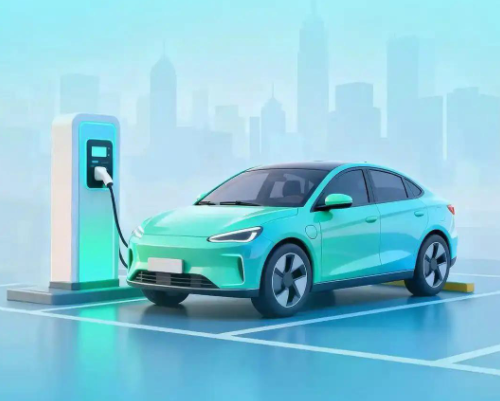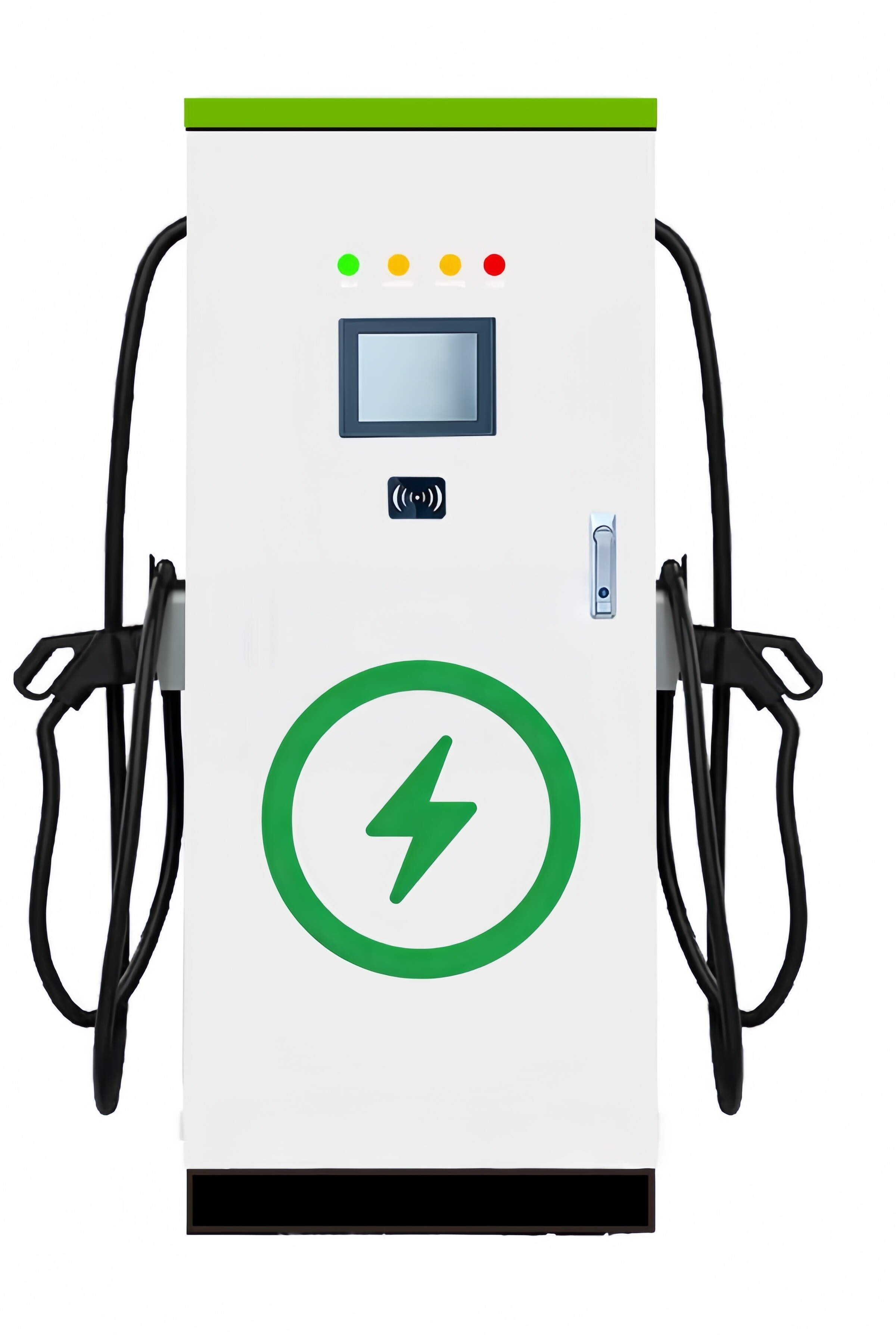Categories List
The National Development and Reform Commission and other departments have issued the "Three-Year Doubling Action Plan for Electric Vehicle Charging Infrastructure Service Capacity (2025–2027)." The notice stipulates the establishment of 28 million charging facilities nationwide.
By the end of 2027, China aims to have built 28 million charging facilities, providing over 300 million kilowatts of public charging capacity to meet the charging demands of more than 80 million electric vehicles, thereby achieving a doubling of charging service capacity.
In expressway service areas (including parking areas), 40,000 new or upgraded "ultra-fast combined" charging guns with a capacity of 60 kW or higher will be deployed.
Efforts will be accelerated to upgrade and renovate charging infrastructure in expressway service areas. An intercity charging network will be developed to effectively meet the medium- and long-distance travel needs of electric vehicles, with intensified deployment of charging points and continuous optimization of the functional structure of facilities. By the end of 2027, 40,000 new or upgraded "ultra-fast combined" charging guns with a capacity of 60 kW or higher will be installed in expressway service areas (including parking areas), and the construction of high-power charging facilities will be encouraged. Except for high-altitude and extremely cold regions, all expressway service areas should be equipped with charging capabilities.
The integration of charging infrastructure requirements into distribution network planning will be prioritized.
Upgrades to distribution networks will be expedited. Charging infrastructure needs will be incorporated into distribution network planning, with a focus on urban core areas, expressway service areas, transportation hubs, township clusters, and older residential communities. Efforts will target issues such as weak grid structures and inadequate power supply capacity through grid optimization and transformer capacity expansion. The application of smart and orderly charging will be promoted to enhance grid resilience and regulation capabilities under high-penetration charging load scenarios.
The scale of private charging infrastructure construction will be increased.
New residential areas must fully equip fixed parking spaces with charging facilities or reserve installation conditions in accordance with regulations, ensuring readiness for direct meter installation and power connection. Existing residential areas should supplement charging facilities based on local conditions, integrating efforts with urban renewal projects, complete community development, and other initiatives to enhance public charging services and the proportion of private parking spaces equipped with charging piles. Supporting power supply and distribution facility upgrades will be carried out concurrently.
Leave A Reply
Please Give Us A Message




